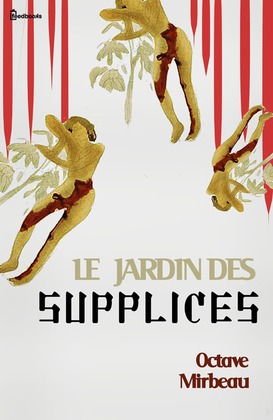We’ve discussed previously whether or not Ai Weiwei is much of a walker. The jury is still out, although hard core ‘walking art’ is one of the few conceptual practices he hasn’t embraced (as far as I know – I stand to be corrected). In any case here he is at least strolling in Portugal where he now lives.
However if you go to London’s Design Museum to see the Ai Weiwei: Making Sense exhibition, you do have to do a certain amount of walking as you explore the huge space where the works are displayed and laid out.
There are video screens showing 20 hour video pieces, his photographs of liminal spaces in Peking, other photographs of the Birds Nest National Stadium on which he worked as an ‘artistic consultant’ before deciding he didn’t want to be a ‘tool of government propaganda’ – I’m quoting from the catalogue there.
And there are 5 large pieces laid out on the floor, which the Design Museum describes as ‘fields,’ rectangular expanses filled with broken teapot spouts, chunks of porcelain from Weiwei’s sculptures that were destroyed when his studio was demolished by the Chinese authorities in 2018. There are also Lego bricks, porcelain cannon balls, and my favourite by miles, rows and rows of what the museum says are Stone Age tools, some 1,600 of them.
This work is titled Still Life and I believe it was shown in a different form at the Royal Academy a few years back, and that consisted of 3,600 Stone Age items rather than 1,600.

This does, as they say, raise some interesting questions. We’ve often discussed the joy of picking up rocks, stones and detritus while walking and I would definitely pick up a Stone Age tool if I came across one on my travels. But so far I haven’t had that pleasure.
Some sources describe these items as ‘found objects’ but where exactly do you find 3,600 Stone Age tools? Where do you find even one? The Design Museum says they were bought at flea markets, and I know that Chinese culture is inscrutable, but a flea market where you can pick up a few Stone Age tools, well that's obviously a flea market unlike any most of us have ever seen.
Which reminds me somewhat of Jim Ede, the man behind, and sometimes in front of, Kettle’s Yard in Cambridge – there’s a new biography by Laura Freeman, titled Ways of Life. Ede was a collector, curator, patron of the arts, and it’s a long time since I visited Kettle’s Yards but I do clearly remember the displays of carefully arranged stones and pebbles, seen on the book cover and in the house/gallery itself.
And the result of all this was that I found myself in my shed rearranging a few of the rocks I’ve collected while walking. I’m no Ai Weiwei, but I think we already knew that.
 |
| Photo, and artistic consultancy by Caroline Gannon |































